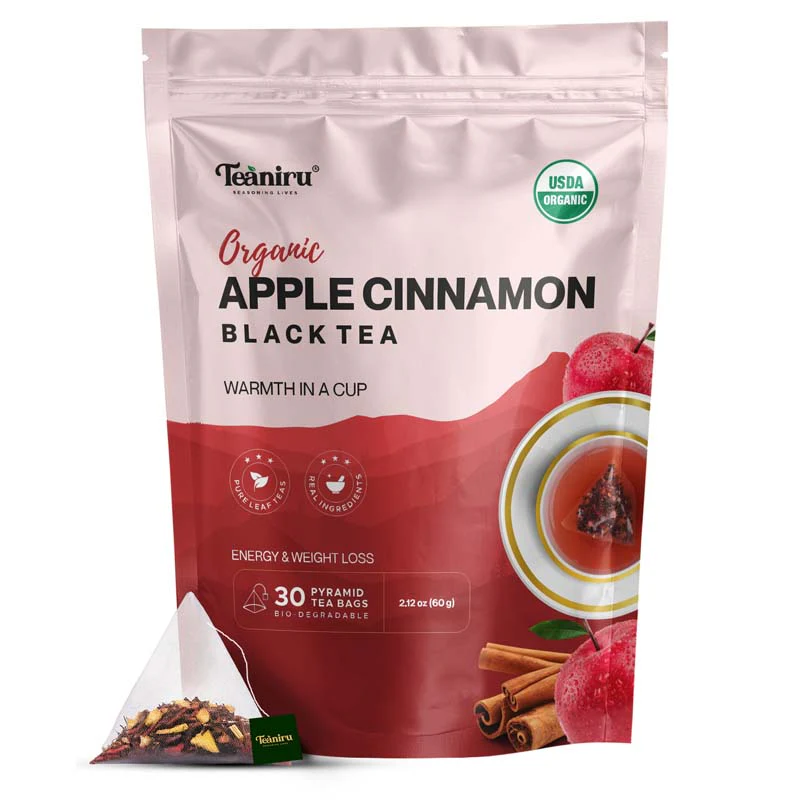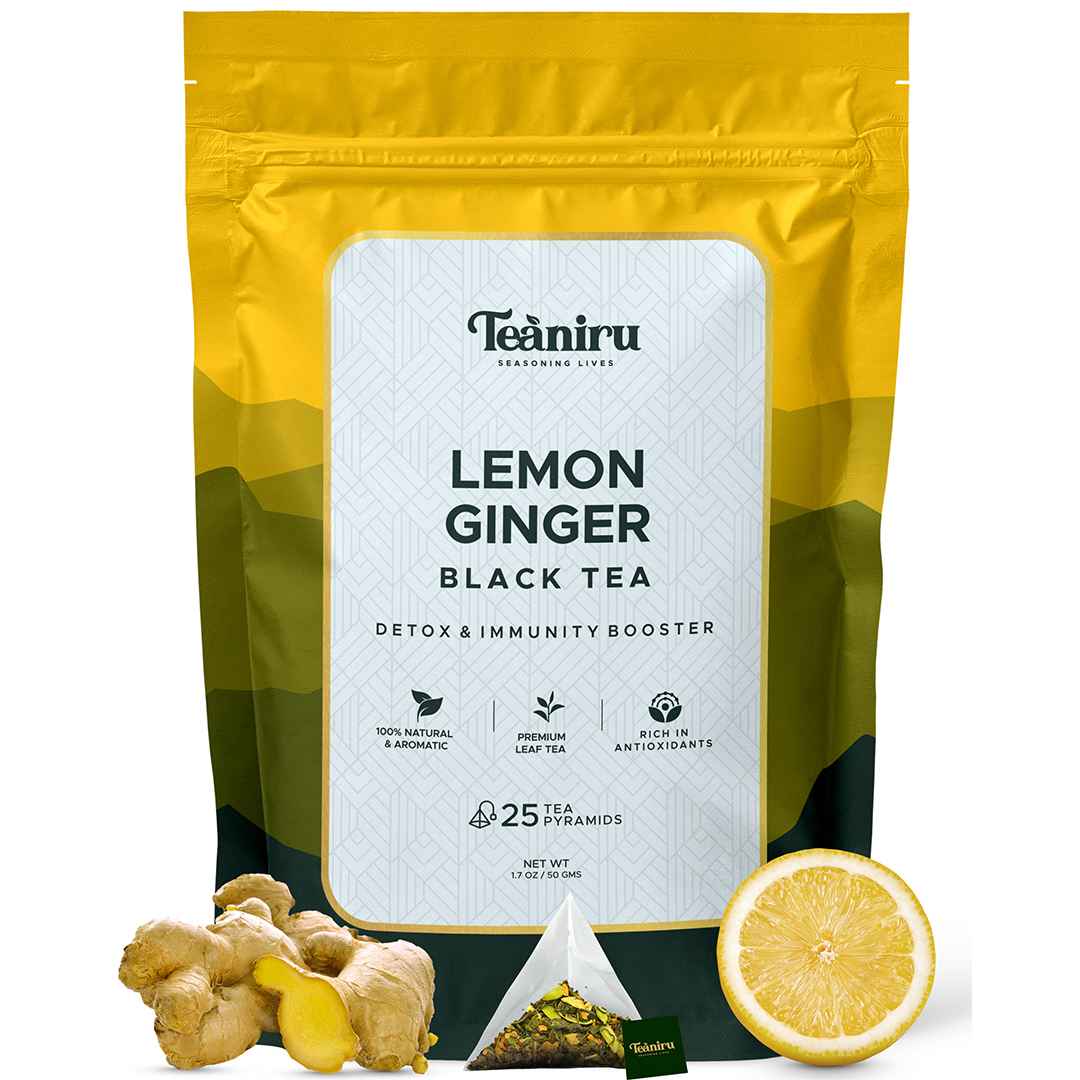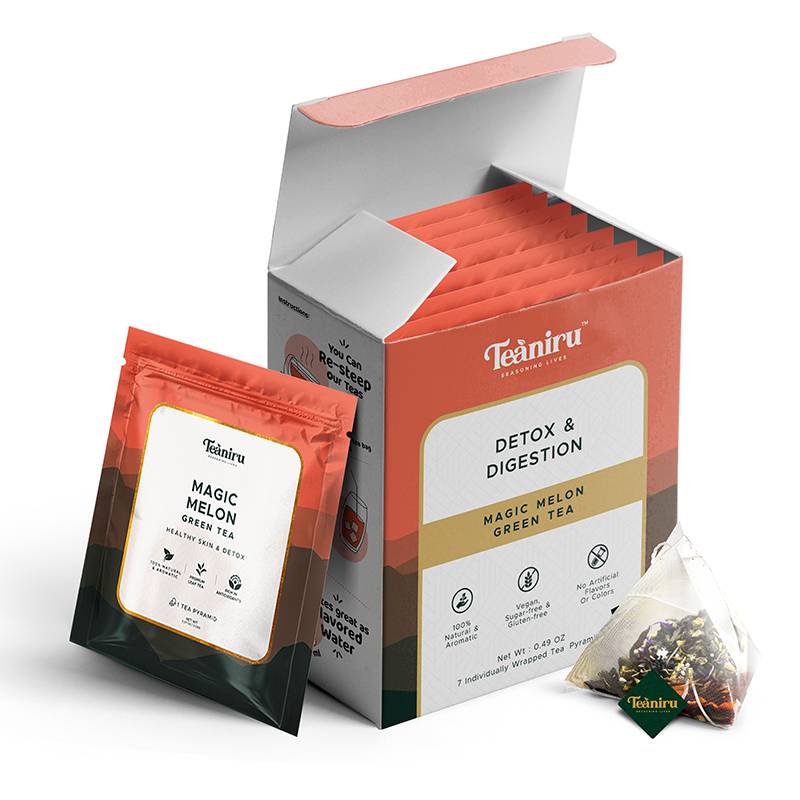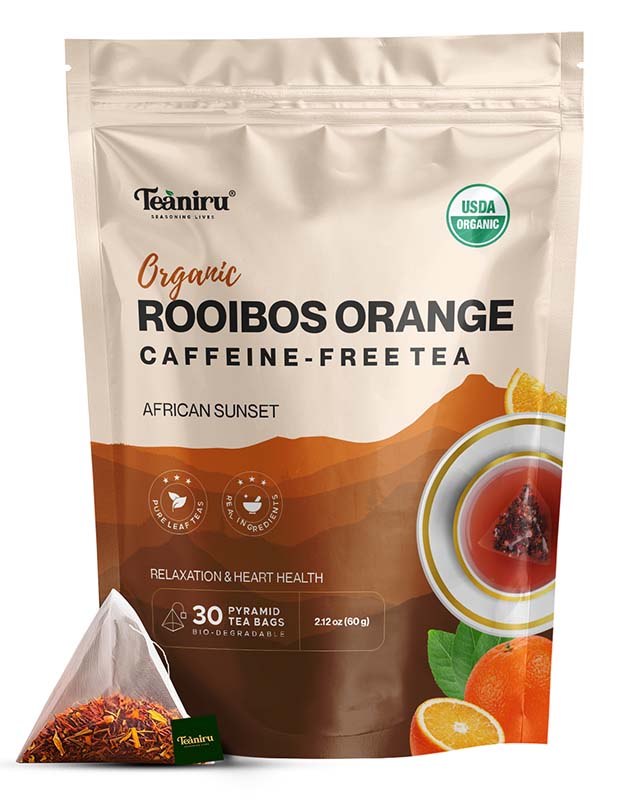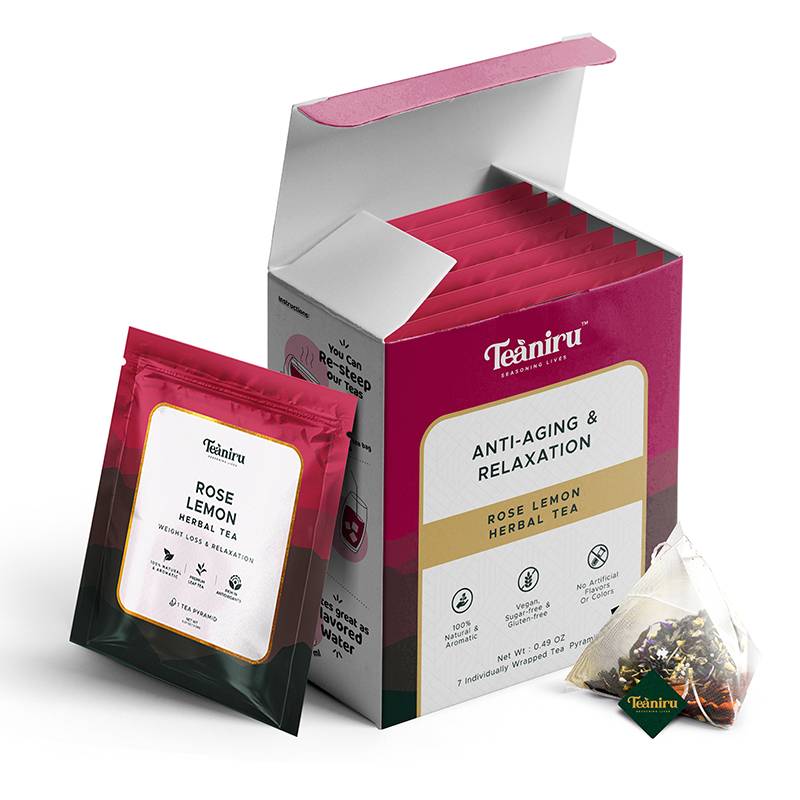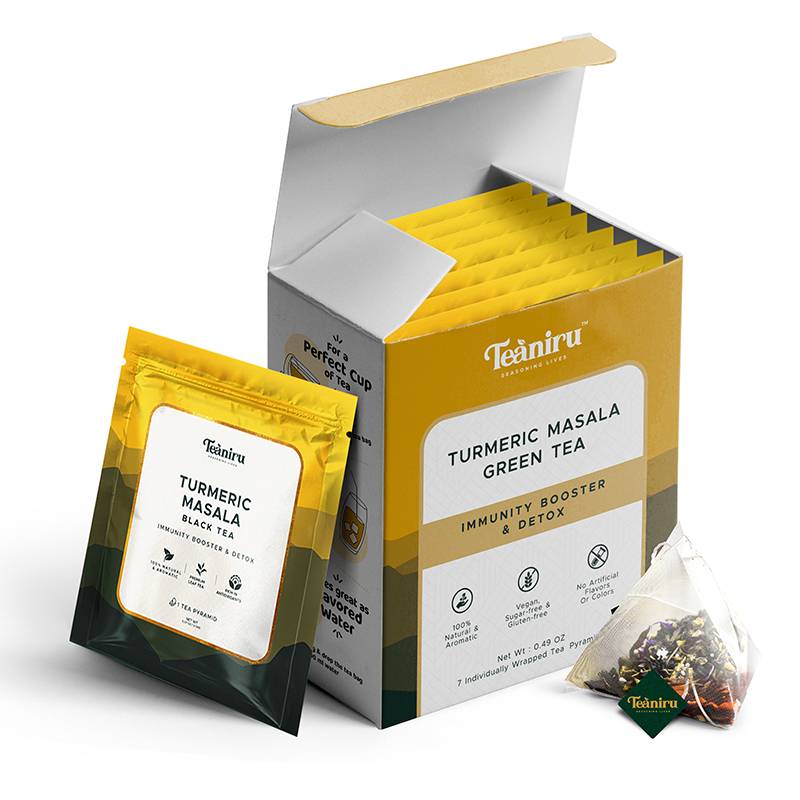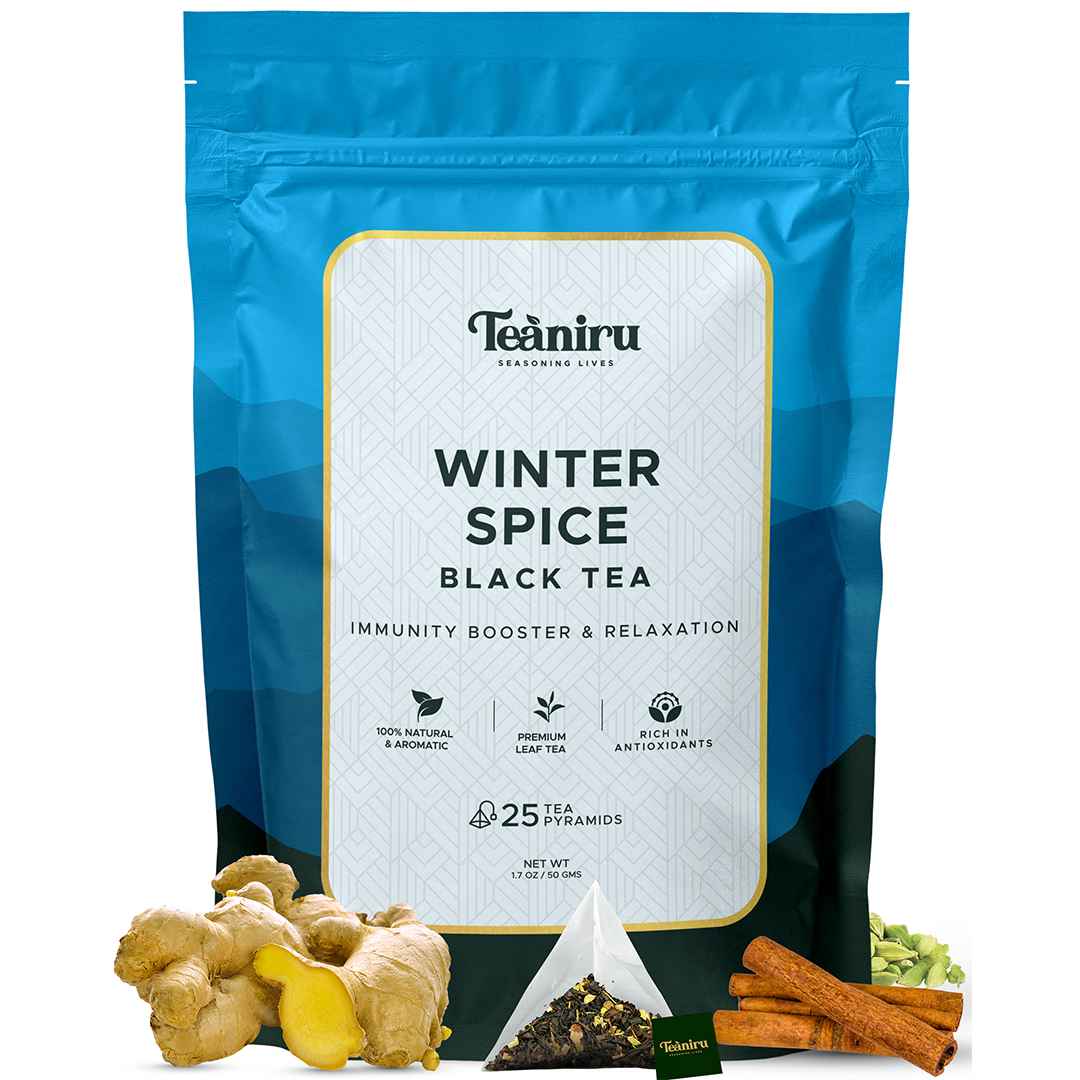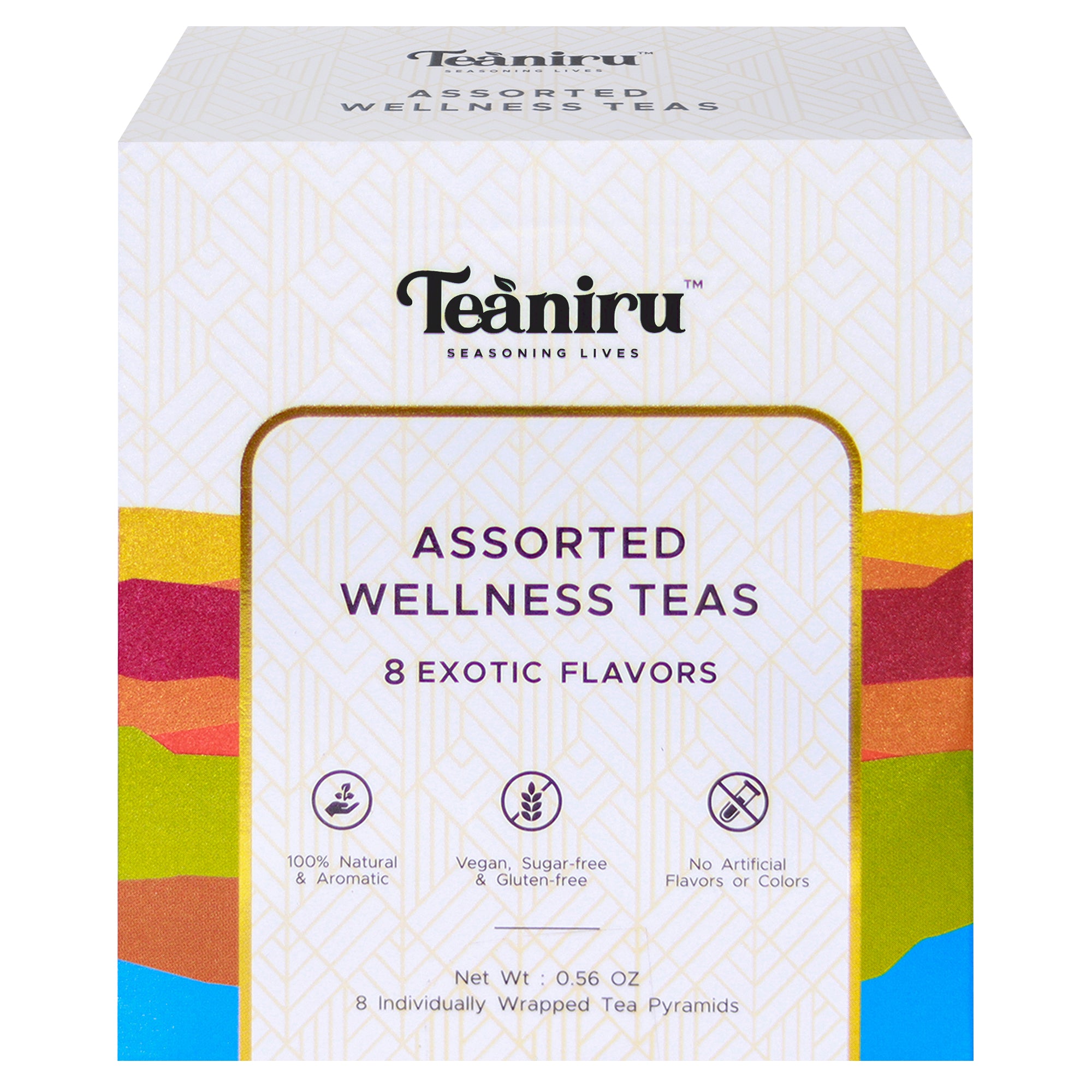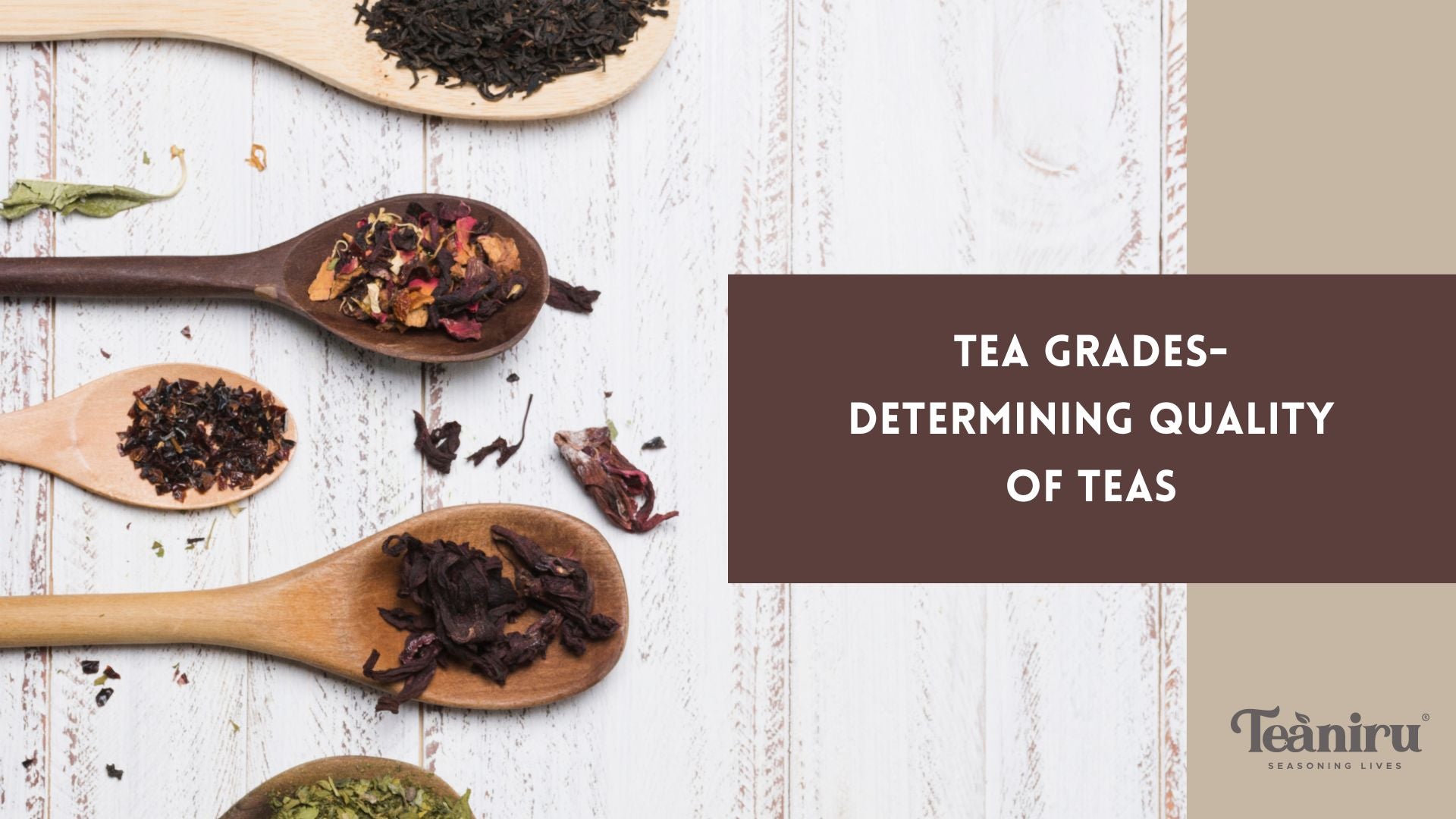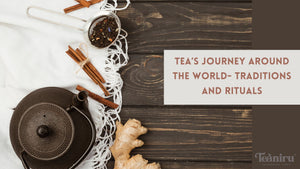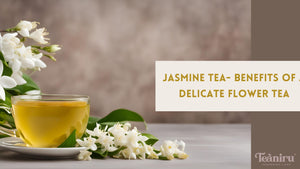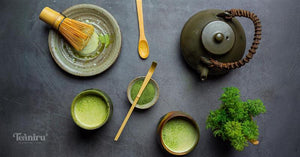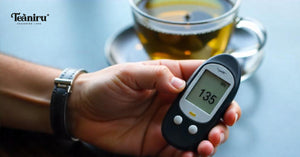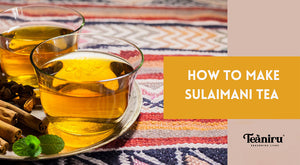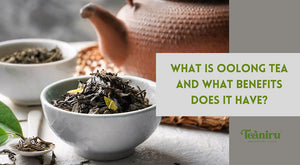You may also like
Tea grading is the process of evaluating tea leaves based on their quality, size, and appearance. Tea grading helps in various purposes like ensuring quality in every batch of tea, helping understand the market value of tea, and in assisting customers to choose the kind of tea that suits their preferences.
Black Tea Grades
Black tea is often graded based on the size and quality of the leaves. The grading system includes:
- Whole Leaf Grades:
- OP (Orange Pekoe): Whole leaves with medium to long length. It’s a high-quality grade.
- FOP (Flowery Orange Pekoe): Whole leaves with some tips (young leaf buds). Higher quality than OP.
- GFOP (Golden Flowery Orange Pekoe): Whole leaves with a significant amount of golden tips, indicating higher quality.
- TGFOP (Tippy Golden Flowery Orange Pekoe): Whole leaves with a high proportion of tips, representing superior quality.
- FTGFOP (Finest Tippy Golden Flowery Orange Pekoe): The finest quality with the most tips. It’s rare and considered premium.
2. BrokenLeaf Grades:
- BOP (Broken Orange Pekoe): Smaller broken leaf particles, usually from the larger whole leaf grades.
- FBOP (Flowery Broken Orange Pekoe): Broken leaves with some tips.
- GBOP (Golden Broken Orange Pekoe): Broken leaves with golden tips, higher quality than FBOP.
- TGBOP (Tippy Golden Broken Orange Pekoe): Broken leaves with a high proportion of tips.
3.Fannings and Dust:
- BP (Broken Pekoe): Finer broken leaves used mainly for tea bags.
- PF (Pekoe Fannings): Very small leaf particles used in tea bags.
- D (Dust): The smallest particles left after higher grades are sorted, often used in commercial tea bags for quick brewing and strong flavor.
Green Tea Grades
Green tea grading varies by region and style:
1. China:
- Gunpowder: Rolled into small pellets, high-quality grades have tightly rolled leaves.
- Dragonwell (Longjing): Flat, smooth leaves. Higher grades have more uniformity and a deeper green color.
- Mao Feng: High-quality grades have young, tender leaves and a high proportion of buds
2. Japan:
- Sencha: The most common type, higher grades have finer, more delicate leaves.
- Gyokuro: Shade-grown with high chlorophyll content, considered a premium grade.
- Matcha: Finely ground powder, ceremonial grades are higher quality with vibrant color and smooth texture.
Dust Grades
PD (Pekoe Dust):
- A very fine grade of tea dust, often used in standard commercial tea bags. PD brews quickly and gives a strong, brisk flavor.
- Slightly coarser than PD, Red Dust is used in tea bags and provides a rich, intense flavor.
- This grade contains fine particles with some golden tips, offering a stronger and more aromatic brew. It’s considered a higher quality dust grade.
- Even finer than RD, SRD provides an exceptionally strong and brisk cup of tea, often used in strong tea blends.
- As the name suggests, this is the finest dust grade, used in high-quality tea bags for a quick and potent brew.
WHOLE LEAF TEA VS DUST TEA
Whole leaf tea and dust tea vary from each through a number of attributes.
For example, if you consider the processing, whole leaf tea is minimally processed from whole tea leaves that are intact whereas dust tea is the finest particles that are left after tea leaves are processed and sorted. Appearance wise, dust tea is super fine whereas whole leaf tea consists of actual tea leaves curled up.
Dust teas brew quickly due to the fine particles and have a robust flavour. Whole leaf tea, on the other hand, takes some time to brew and has a more pronounced flavour profile which is not only richer but also leaves its own after taste.
In terms of caffeine content, dust teas allow for the caffeine content to seep rapidly into the system whereas whole leaf teas generally have a slower caffeine release.
Both have their own uses and advantages. Dust tea is more preferable for those who value convenience and a tea that is ready quickly along with a strong flavour, and whole leaf teas are preferable to those who enjoy a more layered flavour and drink tea for the experience rather than as just a quick, hot beverage.
Conclusion
Tea grades are remarkable indicators of the quality and characteristic of tea. Depending on your own preference and convenience, these help you understand the value of multiple teas and aid in choosing what suits you best!
